V-Line Surgery in Korea: The Risks Every Foreigner Must Understand
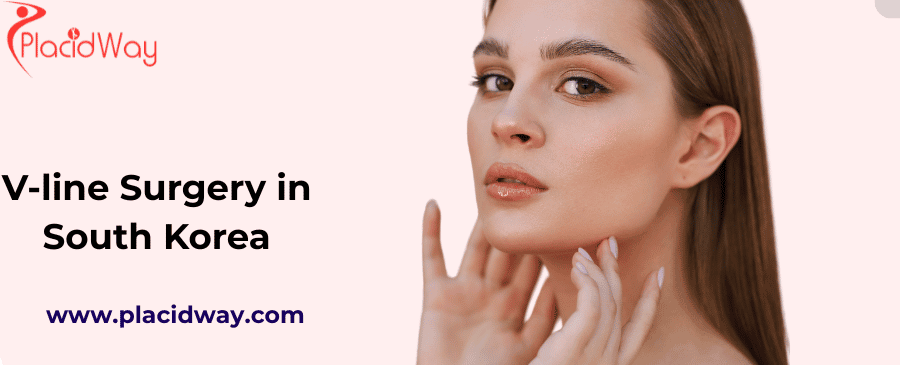
South Korea is the undisputed global epicenter for advanced facial contouring procedures, with V-line surgery standing out as one of its most famous and transformative offerings. The allure of achieving a slim, elegant, and V-shaped jawline, crafted by surgeons with unparalleled expertise, draws thousands of foreigners to Seoul every year. The results can be stunning, but for anyone considering such a significant procedure far from home, the most critical question is: "Is it truly safe?" The answer is a nuanced "yes," but it comes with important conditions.
The safety of V-line surgery in South Korea for a foreign patient is not just about the procedure itself but about the entire ecosystem of care. While elite Korean surgeons have performed this surgery more times than almost anyone else in the world, the risks inherent to maxillofacial surgery—such as nerve damage and improper healing—are real. For a foreigner, these risks are layered with potential challenges like language barriers, navigating a different healthcare system, and managing long-distance post-operative care. This guide will provide an honest, in-depth look at the safety protocols, potential risks, and the crucial steps every foreigner must take to ensure their V-line surgery journey in South Korea is not only successful but, above all, safe.
First, What Exactly is V-Line Surgery?
It's crucial to understand that V-line surgery is not a simple "jaw shaving" procedure. It is a complex maxillofacial surgery that requires precision and a deep understanding of facial anatomy. The surgeon makes incisions inside the mouth to access the jawbone, which means there are no external scars on the face. Using specialized surgical saws and tools, the surgeon carefully removes sections of bone to narrow and redefine the entire jawline from the ear to the chin.
The genioplasty, or chin surgery, component is vital. The surgeon may perform a "T-osteotomy," where the chin bone is cut into a T-shape, the central piece is removed, and the two sides are brought together to create a sharper point. This comprehensive approach is what distinguishes V-line surgery and allows for dramatic, yet balanced, changes to the facial silhouette.
What are the Inherent Surgical Risks of V-line Surgery?
These risks exist no matter where the surgery is performed, as they are related to the complexity of the procedure itself. An experienced surgeon can drastically minimize them, but they can never be eliminated entirely.
- Nerve Damage: The inferior alveolar nerve runs through the jawbone, and the mental nerve exits near the chin. Damage to these nerves during bone cutting can lead to temporary or, in very rare cases, permanent numbness or altered sensation in the lower lip, chin, and gums. Reputable clinics use 3D CT scans to map the exact location of these nerves before surgery to create a safe surgical plan.
- Asymmetry: Achieving perfect facial symmetry is the goal, but minor asymmetries can occur due to the surgical process or uneven healing and swelling. A noticeable imbalance is a significant risk that requires a highly skilled surgeon to avoid.
- Improper Bone Healing: The cut jawbone must heal correctly. A "malunion" is when the bone heals in a wrong position, while a "nonunion" is when it fails to heal at all. This is a very rare complication in healthy individuals but is a serious risk.
- Skin Sagging: The jawbone provides support for the overlying soft tissues. When a significant amount of bone is removed, the skin may not retract fully, especially in older patients with less skin elasticity. This can lead to jowling or sagging, and may require a supplementary lifting procedure.
Are there Risks Specific to Foreigners in South Korea?
While the surgical risks are universal, the experience of being a foreign patient introduces unique challenges that must be managed to ensure safety.
- Communication Barrier: This is the most significant hurdle. If you cannot clearly articulate your desired outcome or understand the surgeon's explanation of the risks, the chance of dissatisfaction increases. It is imperative to choose a clinic with dedicated English-speaking surgeons, coordinators, or in-house translators.
- Long-Distance Aftercare: Standard follow-up appointments are a key part of recovery. As a foreigner, you will leave the country after the initial healing period (typically 2-3 weeks). Choosing a clinic that offers robust remote follow-up support (e.g., via email or video chat) is crucial in case you have questions or concerns during your long-term recovery.
- Travel-Related Risks: Flying shortly after major surgery increases the risk of blood clots (DVT). You must get clearance from your surgeon on when it is safe to fly. You will also be managing post-operative swelling and discomfort in a foreign environment like a hotel room, which requires careful planning.
- The "Shadow Doctor" Risk: Though illegal and rare in top-tier clinics, the phenomenon of a "shadow doctor" (where a less experienced surgeon takes over after the patient is under anesthesia) has been reported in less reputable, high-volume centers. This is a major safety risk that is mitigated by choosing a clinic where the consulting surgeon guarantees they will perform the entire operation.
How Do Reputable Korean Clinics Ensure Safety?
The elite clinics in Seoul that cater to an international clientele have built their reputations on safety and results. They implement rigorous protocols to protect patients.
- Advanced Diagnostics: A 3D CT scan is non-negotiable. It allows the surgeon to see the thickness of your bone, the exact path of your nerves, and the structure of your jaw in three dimensions, enabling them to create a precise and safe surgical plan.
- Specialist Surgeons: You should ensure your surgeon is a board-certified plastic surgeon with a specialty in two-jaw or facial contouring surgery (maxillofacial surgery). Their extensive experience in this specific field is your best guarantee against complications.
- Anesthesia Safety: A board-certified anesthesiologist should be present in the operating room from start to finish, monitoring your vitals continuously. This is a critical safety standard.
- Comprehensive Foreigner Support: Premier clinics have a dedicated international patient department with multilingual staff who assist with everything from the initial online consultation to booking accommodation, arranging airport transfers, and providing translation services during appointments.
How Can I Choose a Safe Clinic for V-Line Surgery?
Your safety is your responsibility, and diligent research is the most powerful tool you have. Here are actionable steps to take:
- Verify Surgeon Credentials: Look for surgeons who are members of respected organizations like the Korean Society of Plastic and Reconstructive Surgeons (KSPRS).
- Scrutinize Reviews: Look for detailed reviews from other foreigners on platforms like the PurseForum or Reddit's plastic surgery communities. Look for patterns in feedback regarding specific clinics or doctors.
- Ask Direct Questions: During your online consultation, ask pointed questions: "Will you, the consulting surgeon, perform 100% of my surgery?", "Do you have an in-house anesthesiologist?", "What is your protocol if a complication arises after I return home?".
- Beware of "Too Good to Be True" Deals: While Korea is affordable, extremely low prices can be a red flag for cutting corners on safety, technology, or surgeon experience. Safety should always be prioritized over cost.
Embarking on a surgical journey abroad requires trust and expert guidance. PlacidWay connects you with South Korea's most reputable, board-certified plastic surgeons specializing in V-line surgery. Get a free, personalized quote and ensure your procedure is handled by a vetted, world-class expert committed to your safety. Click here to plan your safe and successful journey with PlacidWay today!
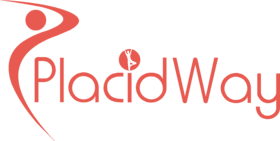

.png)

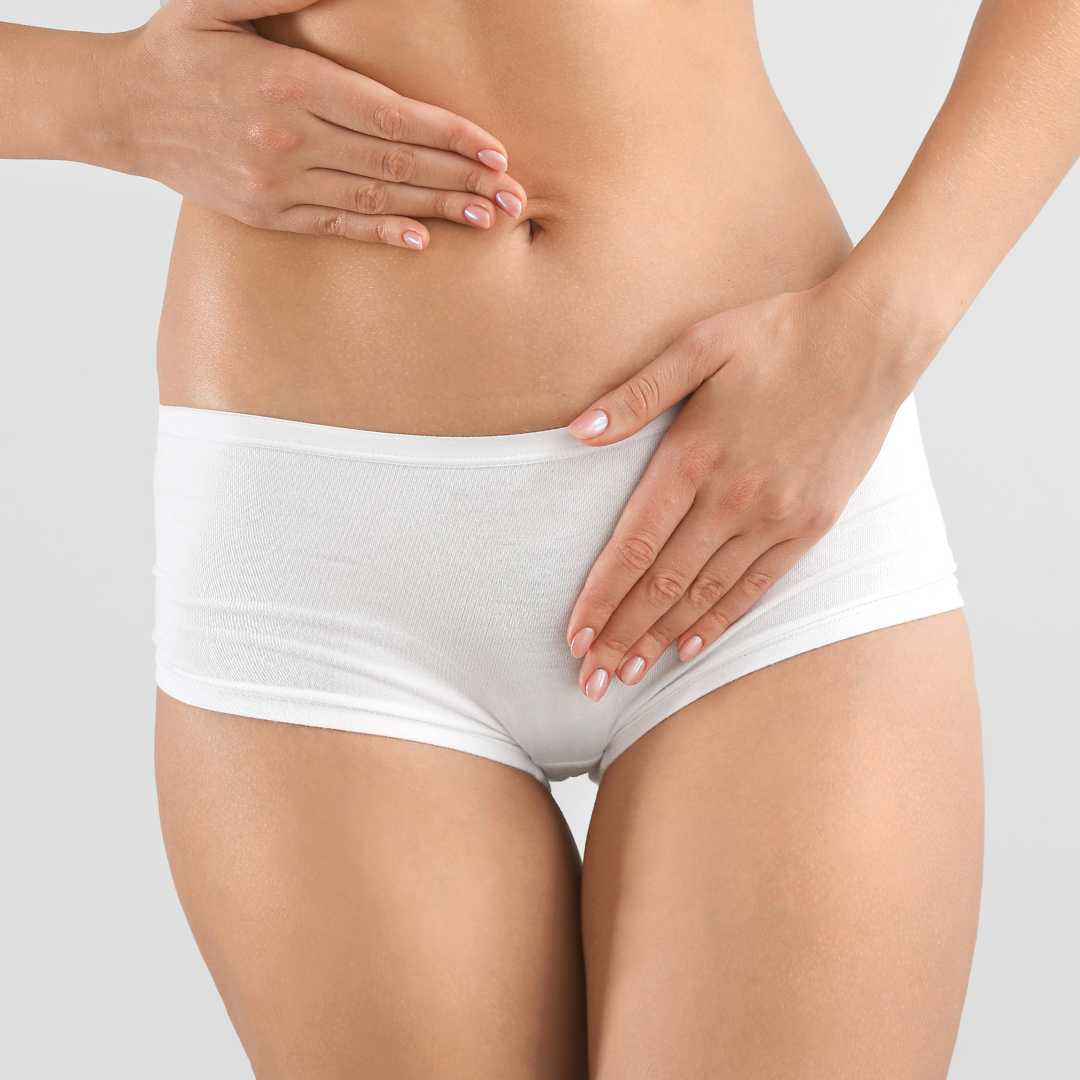

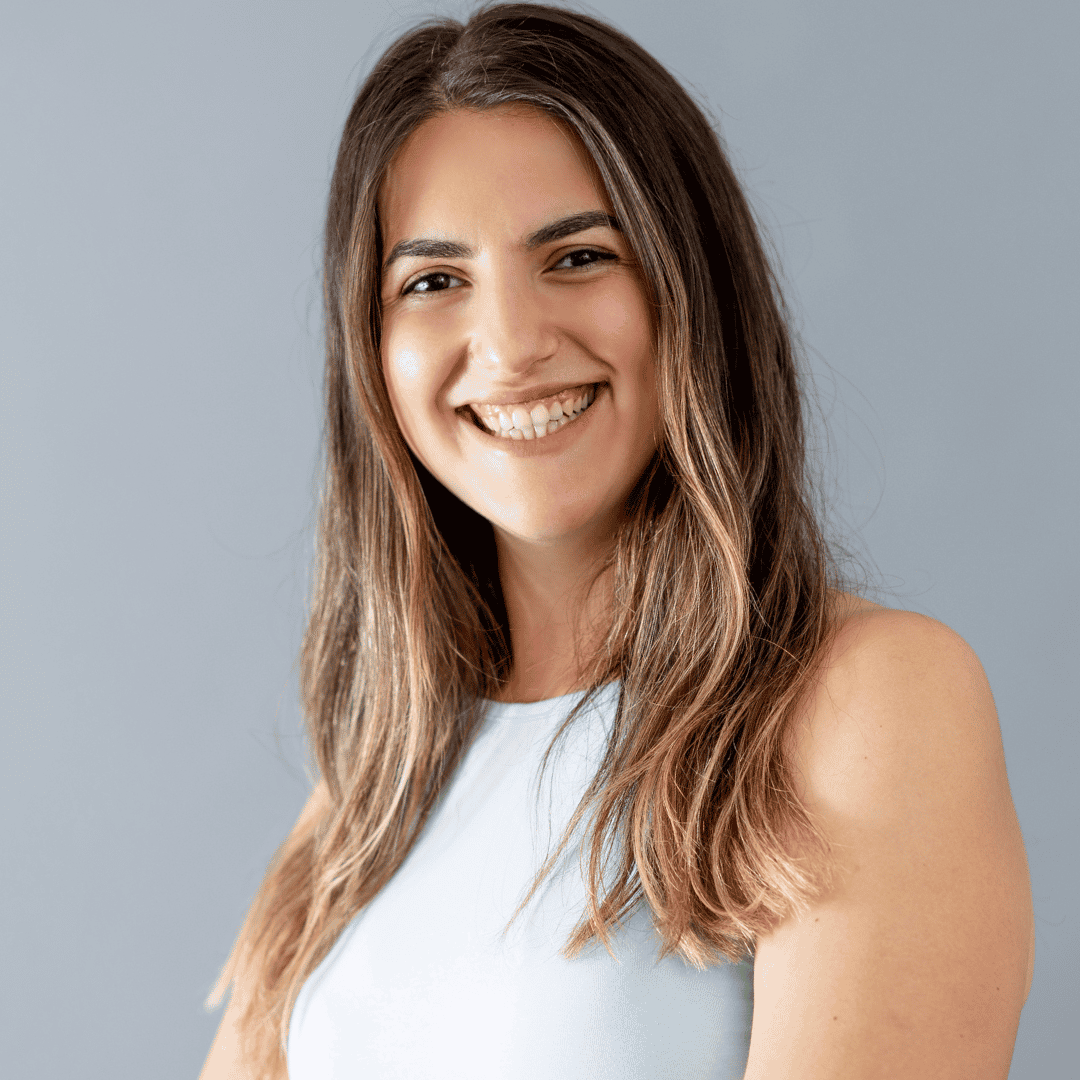



.png)
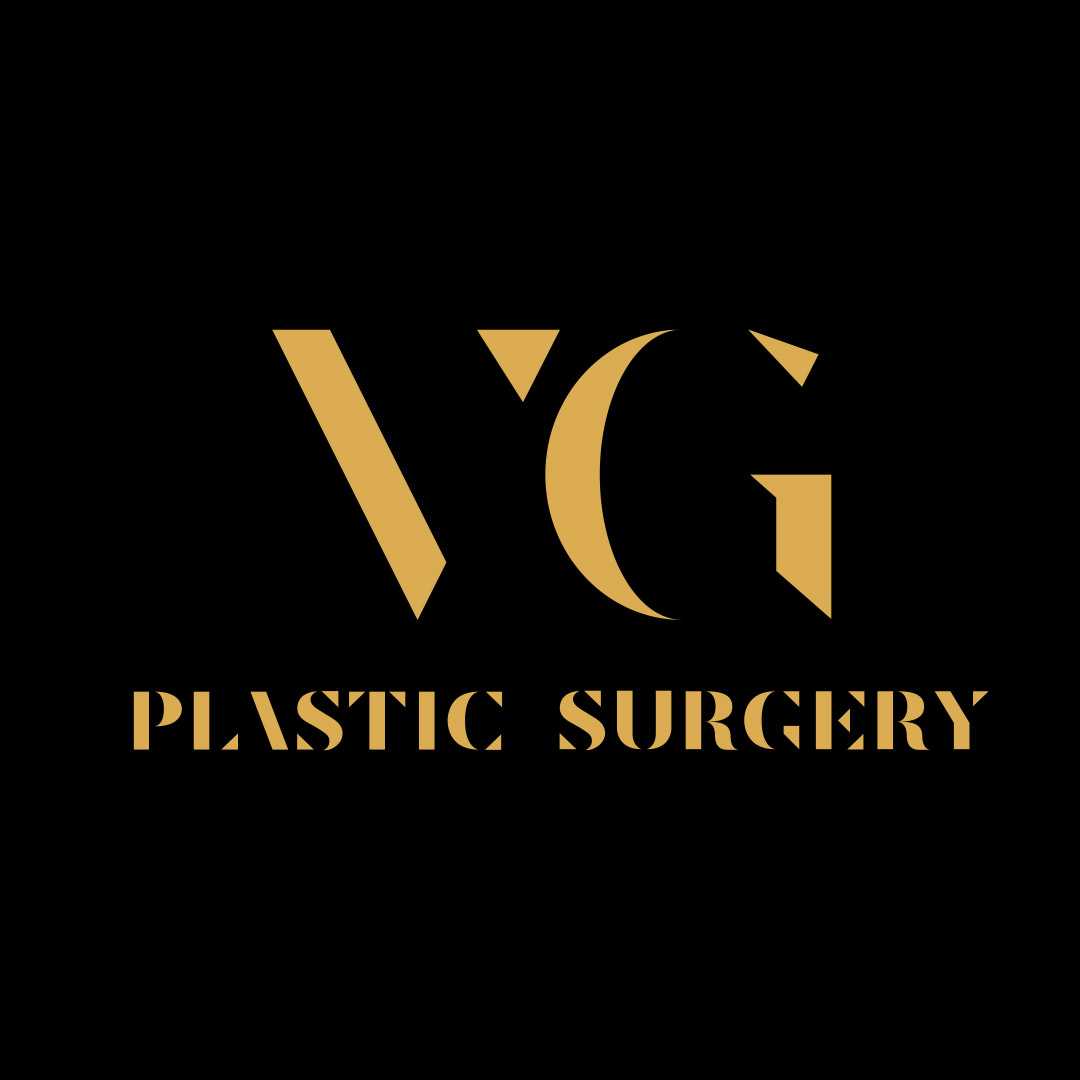
.png)
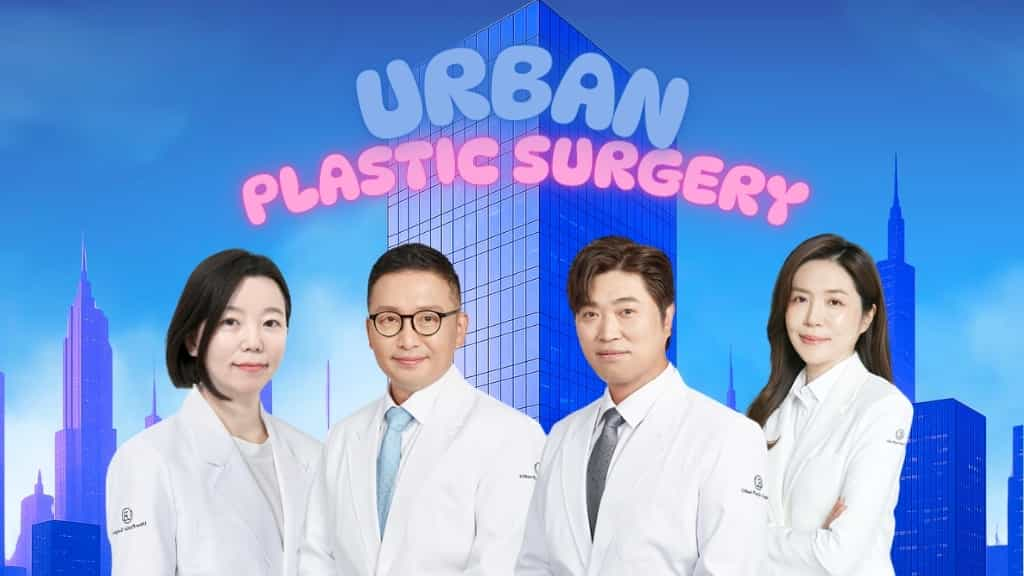
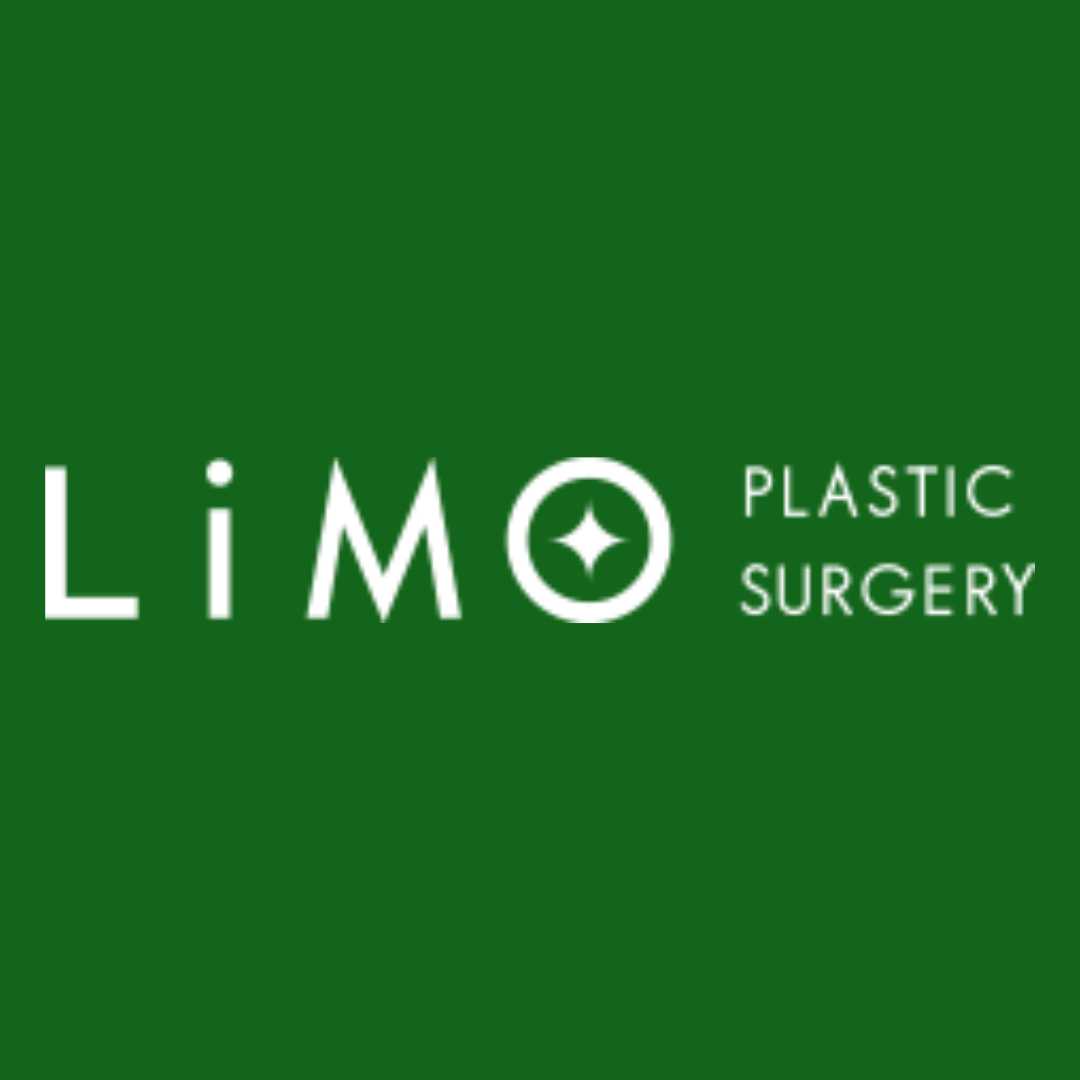
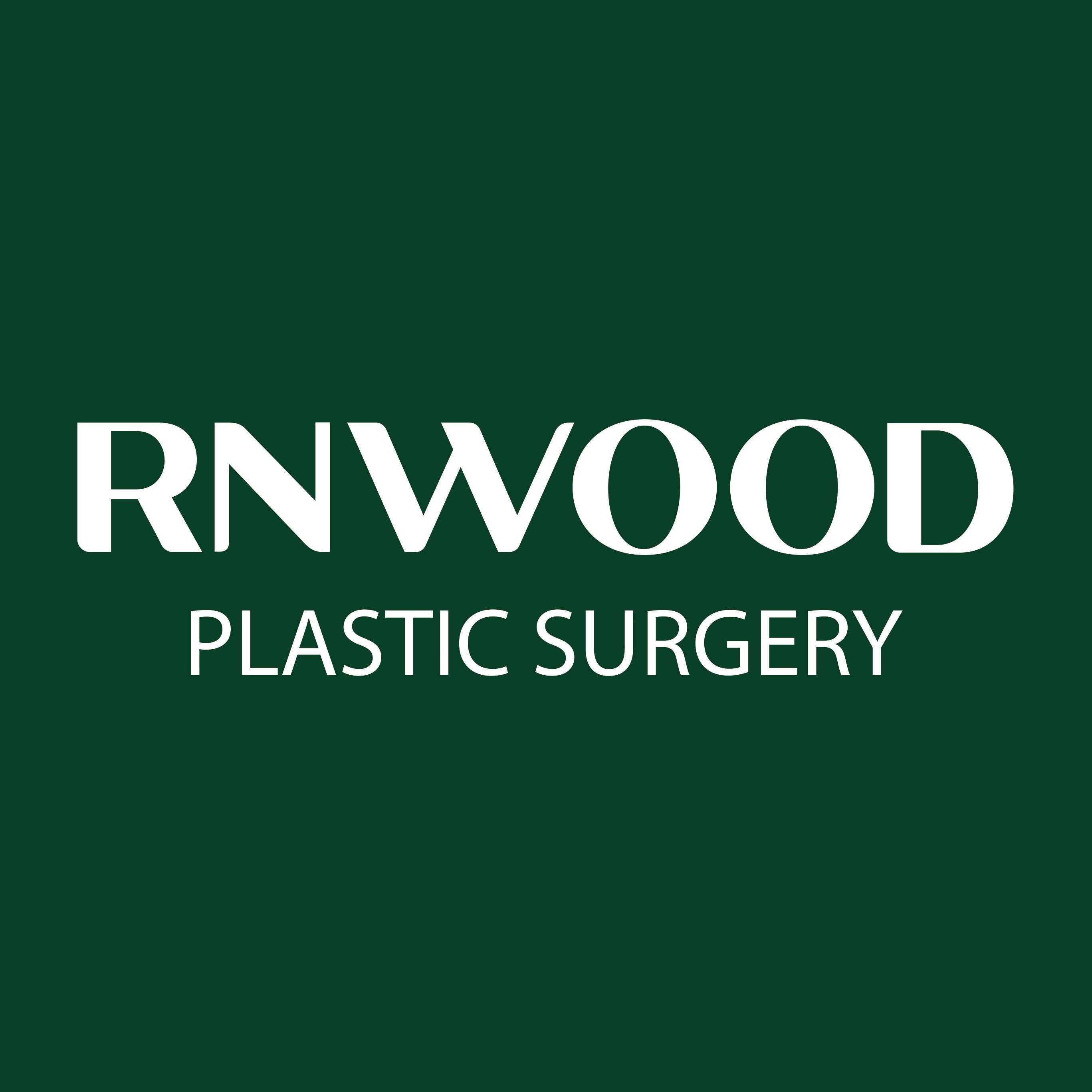

Share this listing